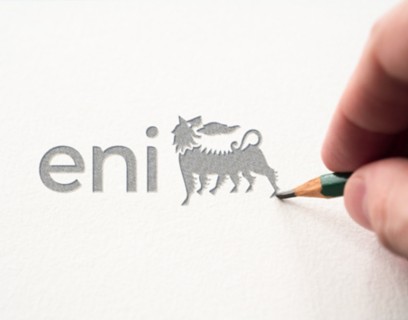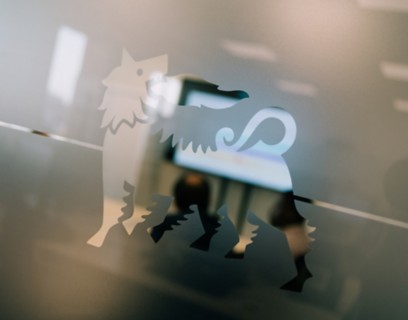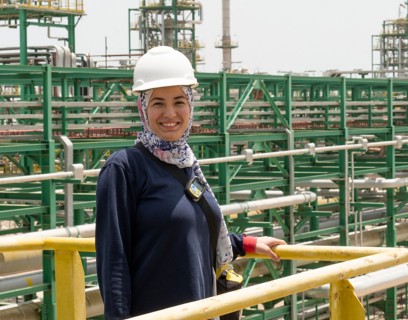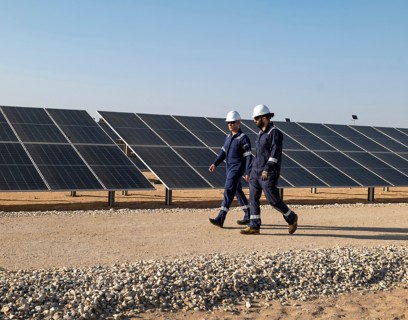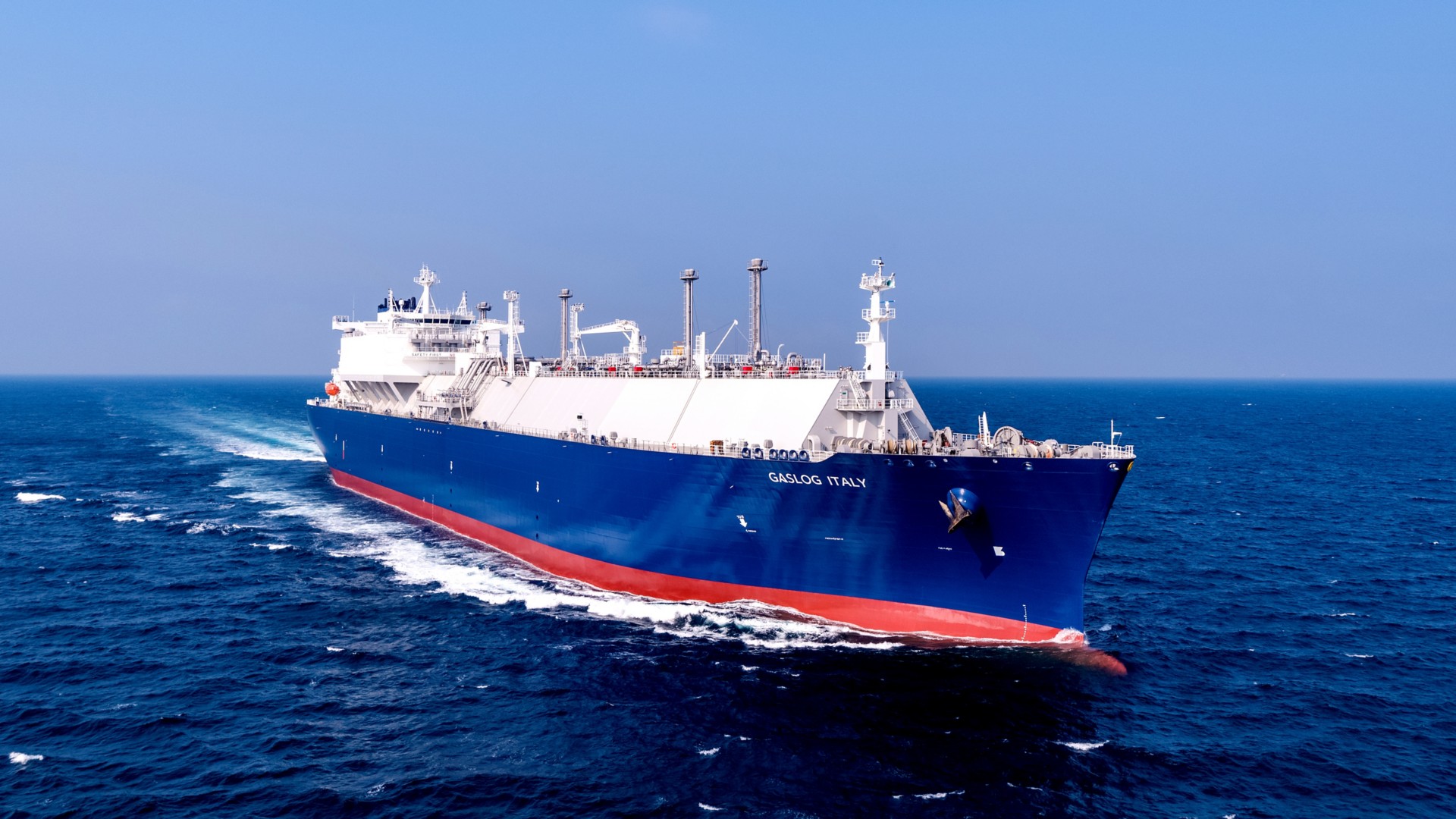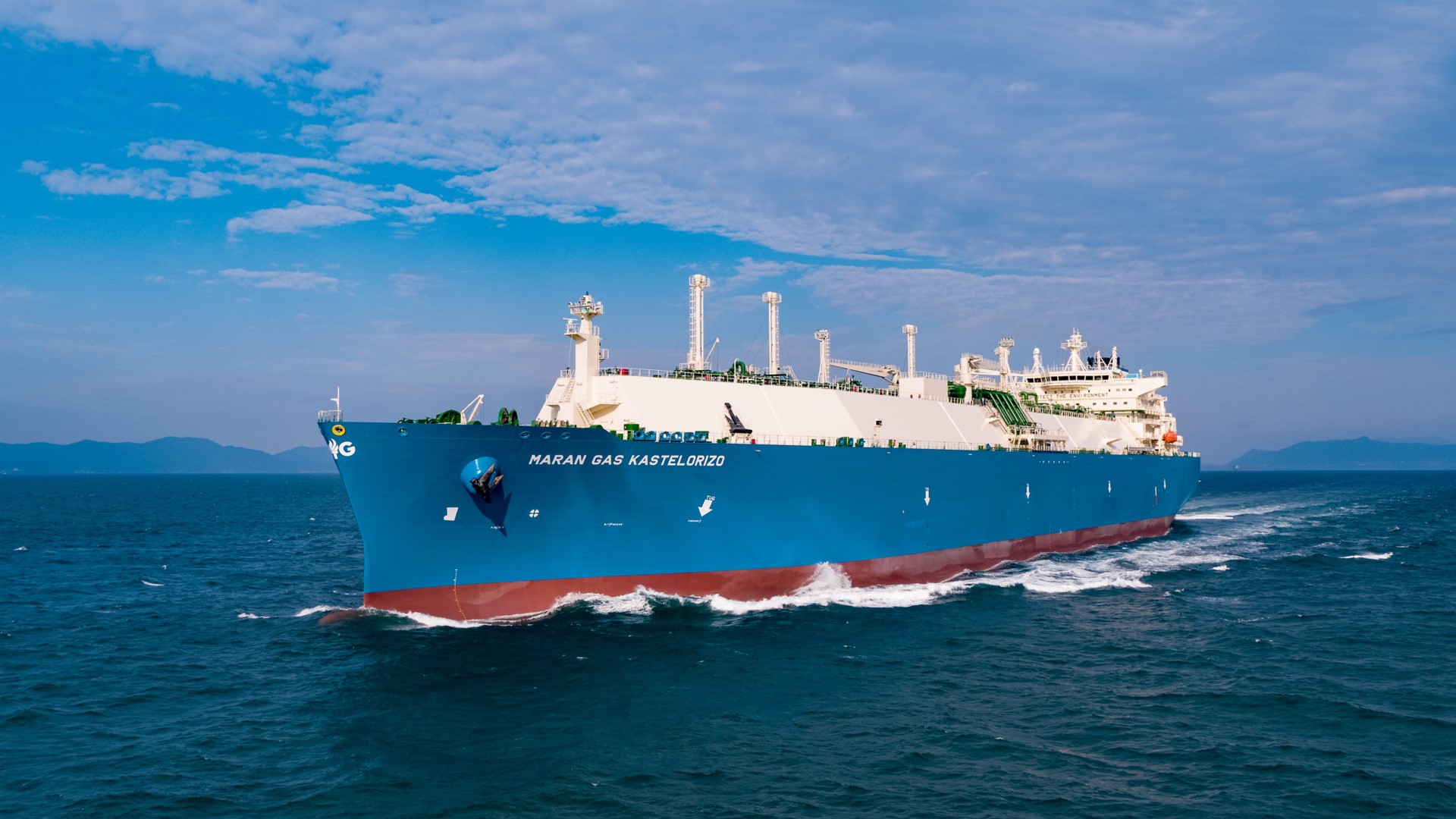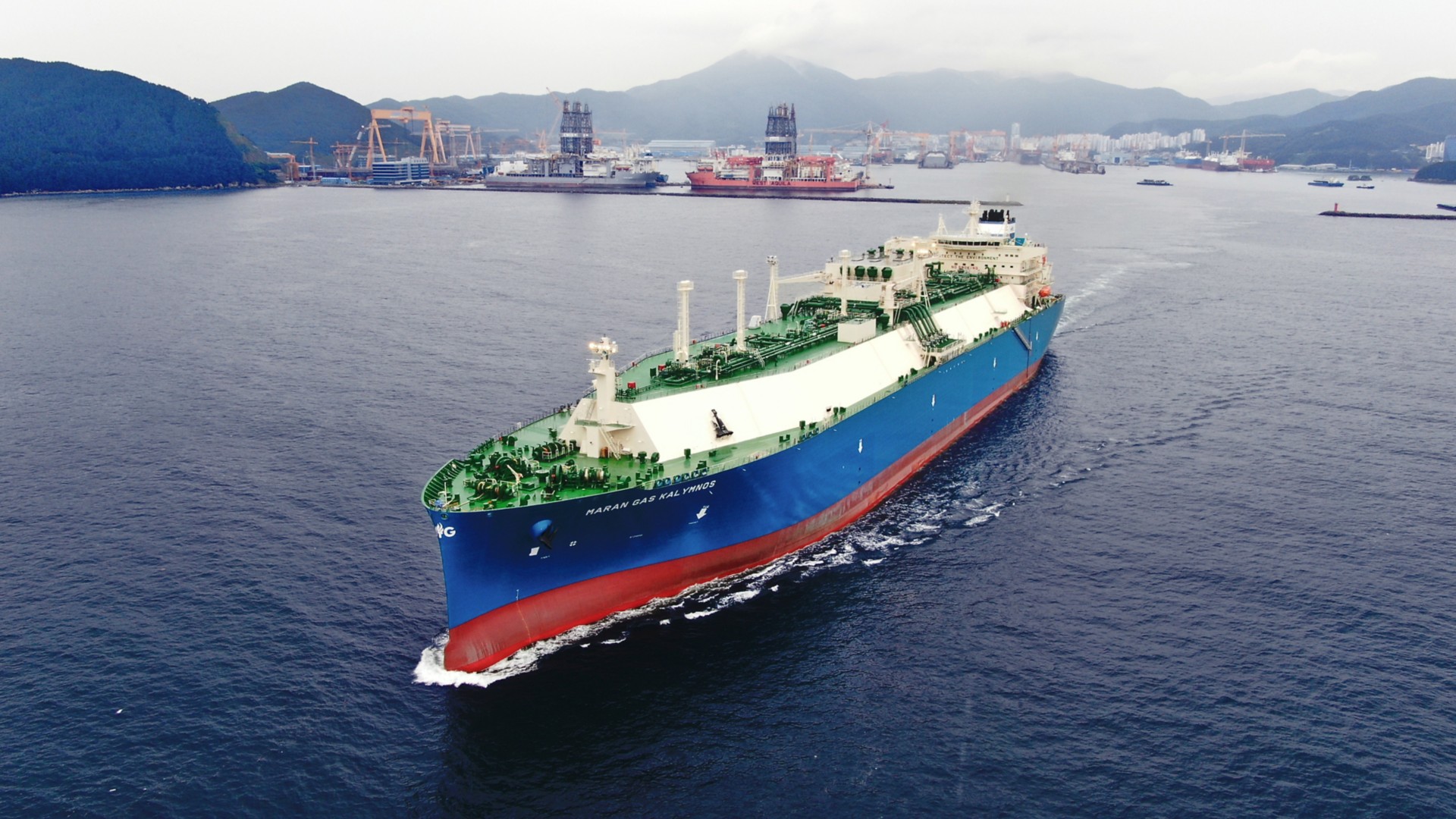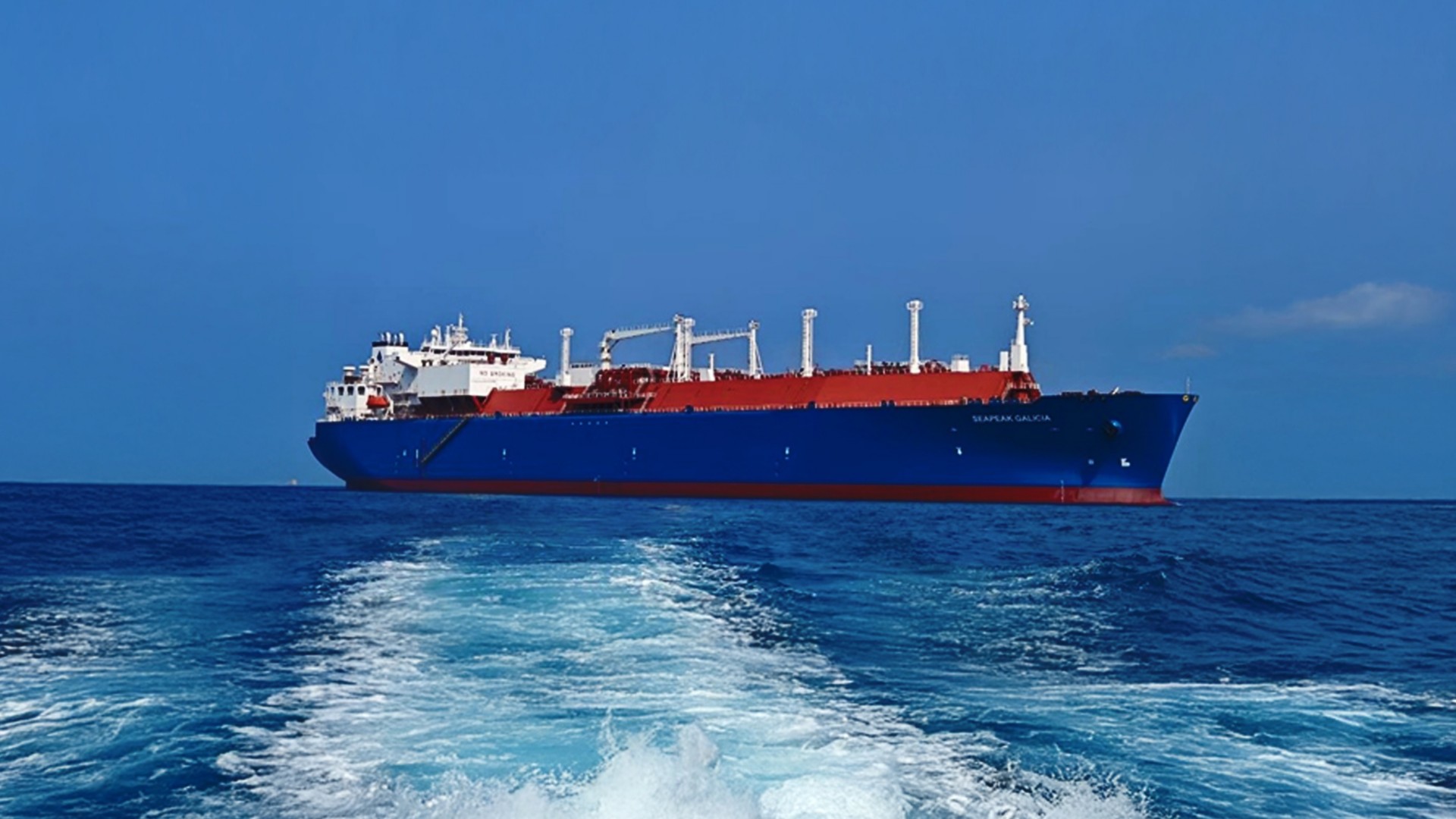- COMPANY
LNG: strategy and innovation in energy transport
By managing LNG carriers, we optimise the transport of liquefied natural gas and contribute to energy security.

The LNG fleet plays a central role in Eni’s strategy
We operate in the maritime transportation of liquefied natural gas by managing an LNG carrier fleet. Through its subsidiary LNG Shipping S.p.A., Eni coordinates LNG transport via a fleet currently comprising four time-chartered vessels leased from third-party owners for variable periods. Each is Panamax-class, enabling transit through the Panama Canal. This makes global LNG commercialisation easier and optimises flows between regional and international markets based on demand and supply.
The LNG fleet is an integral part of our strategy for a diversified energy mix , focused on achieving security, affordability and decarbonisation goals. Through its LNG fleet, Eni strengthens its competitiveness in a complex global market marked by evolving economic and geopolitical dynamics and an increasing demand for supply flexibility.
Direct control over LNG transport enhances Eni’s ability to ensure gas supplies that can swiftly adapt to market opportunities and demand fluctuations, both in the Italian domestic market and at key global hubs. Additionally, Eni’s management of shipping operations allows for optimised logistics increasing the company’s responsiveness in energy markets.
Within this framework, over the next five years Eni expects to double its LNG carrier fleet, aligning with the projected expansion of Eni’s LNG portfolio - forecast to reach approximately 18 million tonnes per year by 2027. This expansion will achieve two key objectives: boosting transport capacity and strengthening Eni’s presence in key markets, particularly in Asia.
How LNG demand has evolved
Following the market shock that began in 2022 - characterised by record-high prices, a reorganisation of global LNG flows, and a redefinition of dynamics between exporting and importing countries - a gradual balance was restored in 2023. Gas demand remained stable at around 4,000 billion m3, while global liquefaction and regasification capacity increased compared to 2022, reaching 645 billion m3 (+2%) and 1,465 billion m3 (+6%), respectively. This trend has continued in 2024, with demand rising by 2.6%, reinforcing the growing and widely recognised need to diversify energy sources and underscoring the strategic importance of liquefied natural gas within the European energy landscape.
Cristian Signoretto
Director Global Gas & LNG Portfolio
Diversification of routes and market flexibility
In the global liquefied natural gas (LNG) market, the ability to diversify routes and supply sources, combined with flexible logistics, is a crucial competitive advantage. For Eni, this means ensuring stable and reliable supplies while optimising the value of its LNG portfolio. This strategy reduces dependence on specific geographical areas and mitigates risks associated with sudden geopolitical shifts.
Direct management of maritime logistics enables Eni to quickly adapt to market price fluctuations, capitalising on arbitrage opportunities between European and Asian markets.
In addition, the combination of FOB (Free on Board)1 and DES (Delivered Ex Ship)2 contracts ensures optimal flexibility in operations. Under FOB contracts, Eni has control over LNG transport and destination markets, while with DES contracts it receives LNG directly at destination terminals, simplifying supply management. This approach expands Eni’s supply base and contributes to the economic development of new gas-producing regions.
- (1) FOB - Free on Board: indicates that the delivery point is the agreed loading port.
- (2) DES - Delivered Ex Ship: indicates that the delivery point is the agreed discharge port.
-
The LNG fleetPDF (4.69 MB)
Eni’s four LNG vessels
Vessel GasLog Italy
The GasLog Italy, an LNG carrier built in 2024 and registered in Hamilton (Bermuda), is one of the most modern vessels the LNG fleet managed by Eni. Designed for efficiency and reliability in liquefied natural gas (LNG) transport, it combines impressive dimensions with advanced technology, making it suitable for global routes. With a transport capacity of 174,278 m³ of LNG (100%), this vessel can carry significant volumes of liquefied natural gas which, once regasified, is equivalent to approximately 103 million cubic metres of gas in gaseous form.
The vessel is equipped with two ME-GI engines which, together with auxiliary propulsion systems such as the Air Lubrication System (ALS) and Shaft Generator, are designed to deliver high performance and optimised fuel consumption while ensuring a reduced environmental impact. Each engine has a rated power output of 9,894 kW at a rotational speed of 63.8 RPM (revolutions per minute), with a peak power of 11,640 kW at 67.4 RPM. Thanks to this configuration, the vessel can reach a speed of 19.50 knots, ensuring speed and reliability during transport operations, and is compatible with the world’s main liquefaction and regasification terminals.
Vessel Maran Gas Kastelorizo
The Maran Gas Kastelorizo, an LNG carrier built in 2024, is also a latest-generation vessel in the LNG fleet managed by Eni. With a transport capacity of 174,224 m³ of LNG (100%) - equivalent to around 103 million cubic metres of gas in gaseous form - it is used on long-haul trade routes, connecting the world’s main liquefaction and regasification terminals.
The Maran Gas Kastelorizo is equipped with two ME-GI engines with a rated power output of 9,992 kW at a rotational speed of 62.8 RPM (revolutions per minute), and a peak power of 12,490 kW at 67.6 RPM. These cutting-edge engines, combined with auxiliary propulsion systems such as the Air Lubrication System (ALS) and Shaft Generator, enable a significant reduction in emissions and enhanced environmental efficiency. The vessel is used to transport LNG from the United States, West Africa and the Middle East to Europe and Asia, supporting Eni’s strategy of supply diversification.
Vessel Maran Gas Kalymnos
The Maran Gas Kalymnos is an LNG carrier built in 2021. With a transport capacity of 174,122 m³ of LNG (100%) - equivalent to approximately 103 million cubic metres of gas in gaseous form - it delivers LNG to major international markets.
Unlike the other vessels, this ship is equipped with X-DF engines based on the Otto cycle and featuring low-pressure injectors - a technology that enhances operational efficiency and reduces fuel consumption compared to earlier propulsion systems.
These engines, combined with LPSCR (Low Pressure Selective Catalytic Reduction) technology, represent an advanced approach to emissions management and sustainability, while maintaining sufficient power for efficient operations. Each engine delivers a rated power output of 10,152 kW at a rotational speed of 71.4 RPM (Revolutions per Minute), with a peak power of 11,944 kW at 75.4 RPM.
Vessel SeaPeak Galicia
The SeaPeak Galicia, an LNG carrier built in 2004 and registered in Spain, is the oldest vessel in the fleet but continues to play a crucial role in LNG transport, particularly along routes between Africa and Europe. With a transport capacity of 140,678 m³ of LNG (100%), equivalent to approximately 83.1 million cubic metres in gaseous form, it delivers substantial volumes of natural gas, ensuring reliable supplies to Italian and European regasification terminals while supporting Eni’s supply chain flexibility.
The Seapeak Galicia is equipped with a propulsion system based on steam turbines, a proven technology that offers high operational reliability. The vessel is currently primarily used for transporting LNG from the Congo LNG offshore project, operated by Eni, to European terminals.
Technological innovation supporting the energy transition
To ensure the efficient and safe transportation of LNG, Eni is expanding its fleet with state-of-the-art vessels, equipped with innovative systems that reduce fuel consumption and emissions while maintaining operational performance and transport safety. This choice is driven by sustainability, operational efficiency, and logistical flexibility criteria, in line with the company’s strategy of diversifying energy sources and markets. In this context, Eni is progressively introducing large-scale LNG carriers equipped with modern propulsion systems (ME-GI and X-DF), designed to optimise transport efficiency and reduce emissions. These dual-fuel propulsion systems provide the flexibility to be powered by both fuel oil and natural gas, enabling optimised fuel consumption and reduced emissions.

